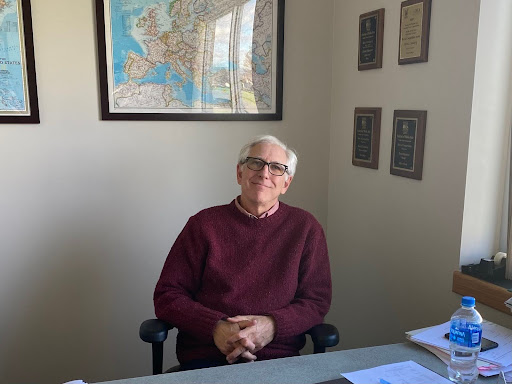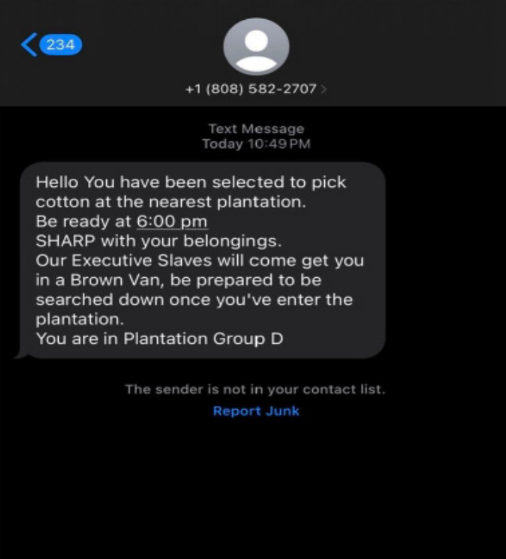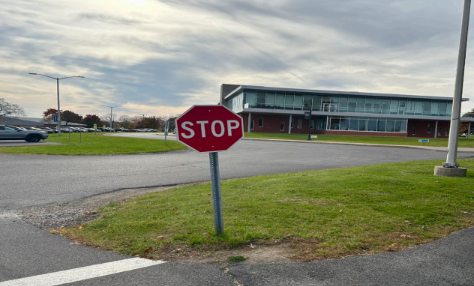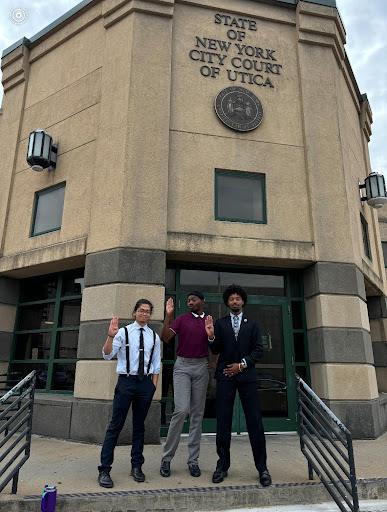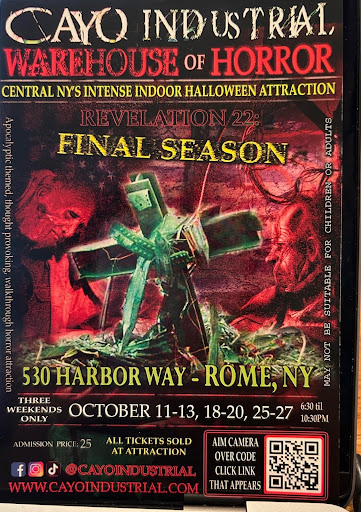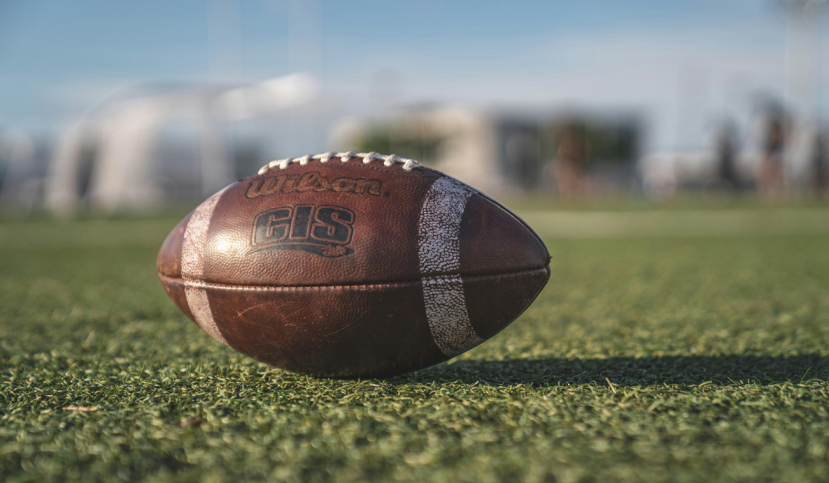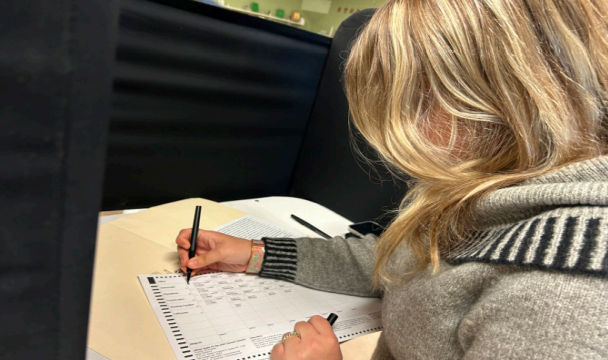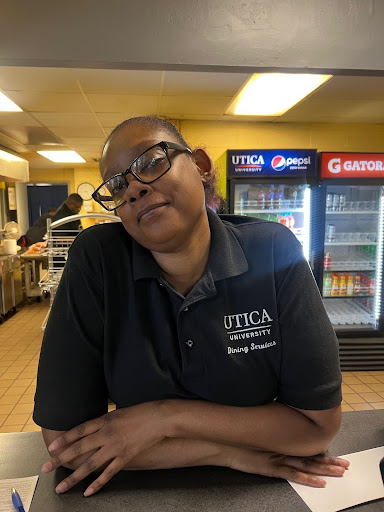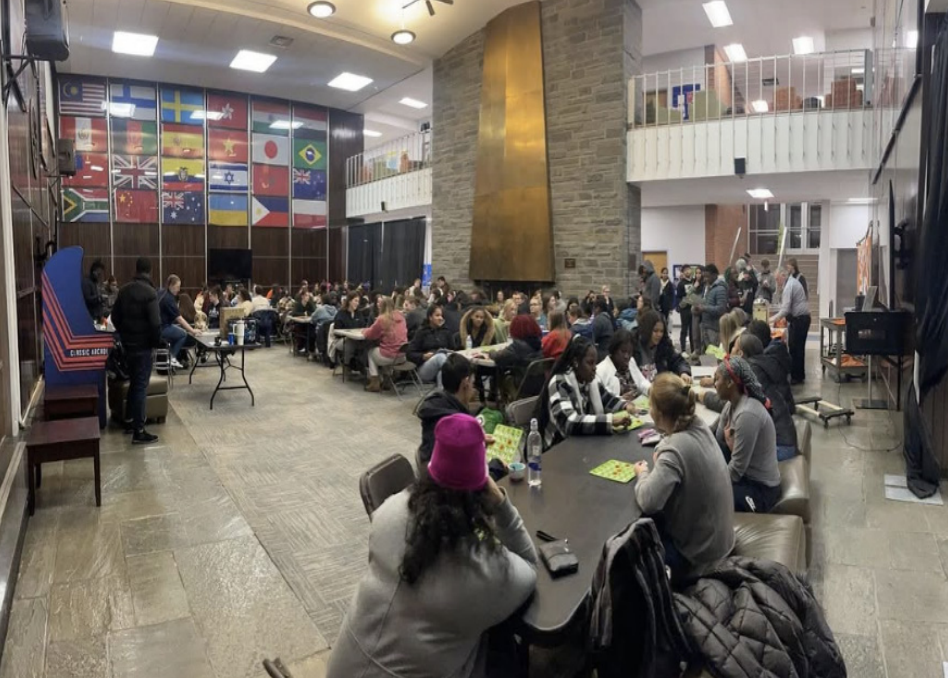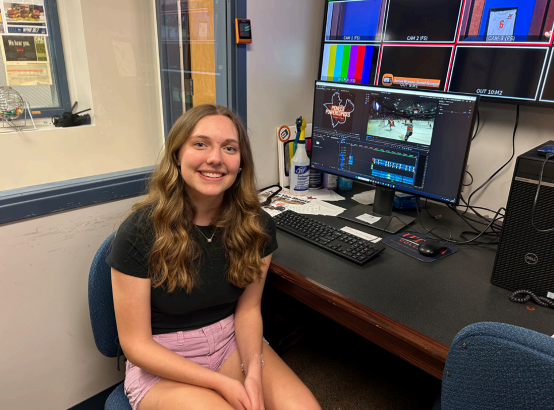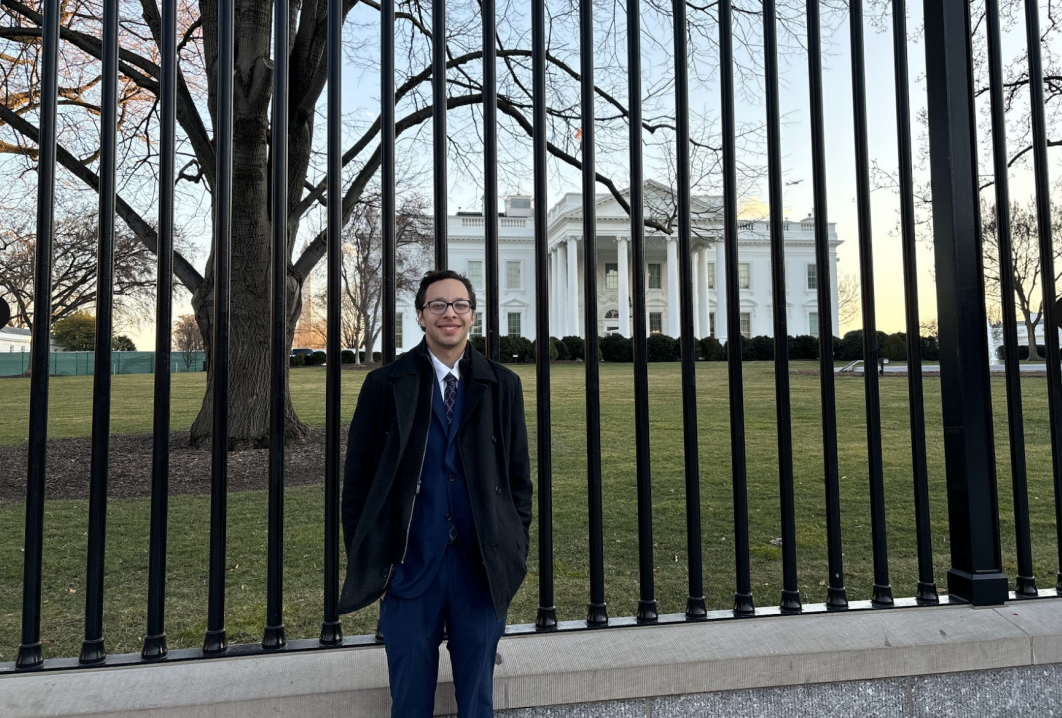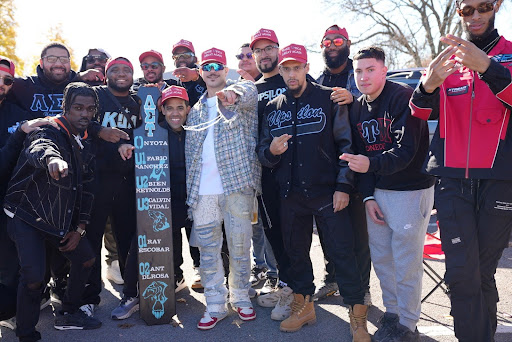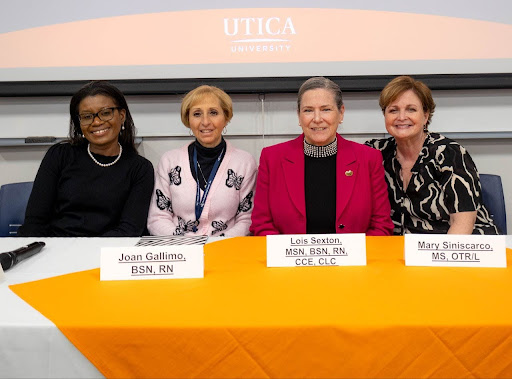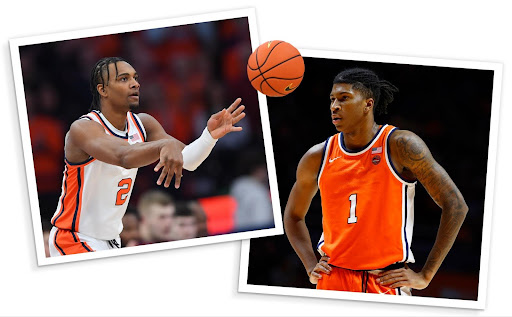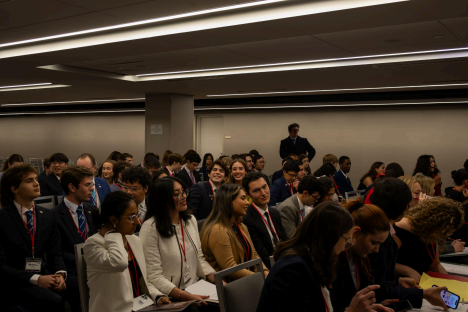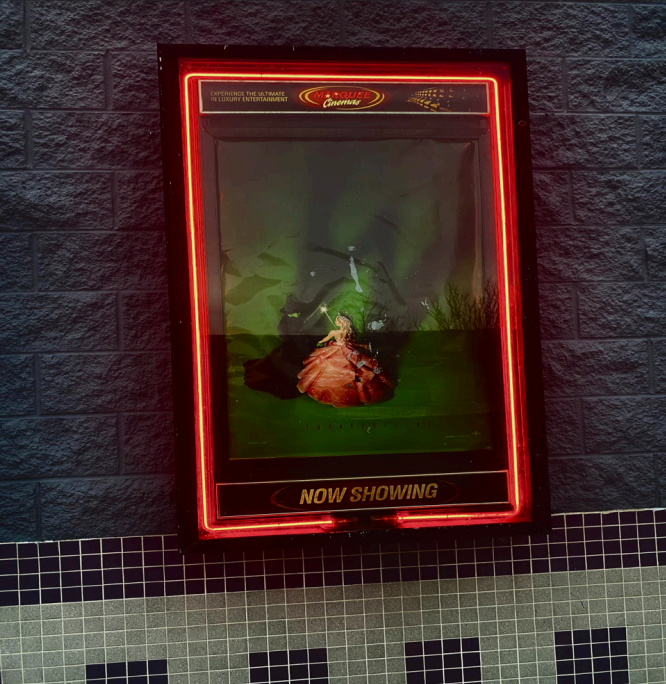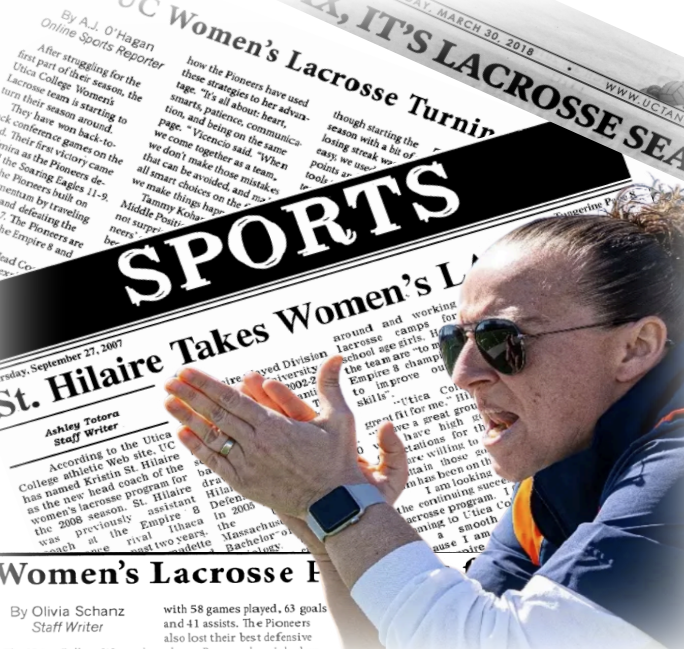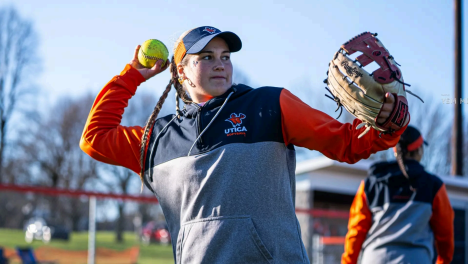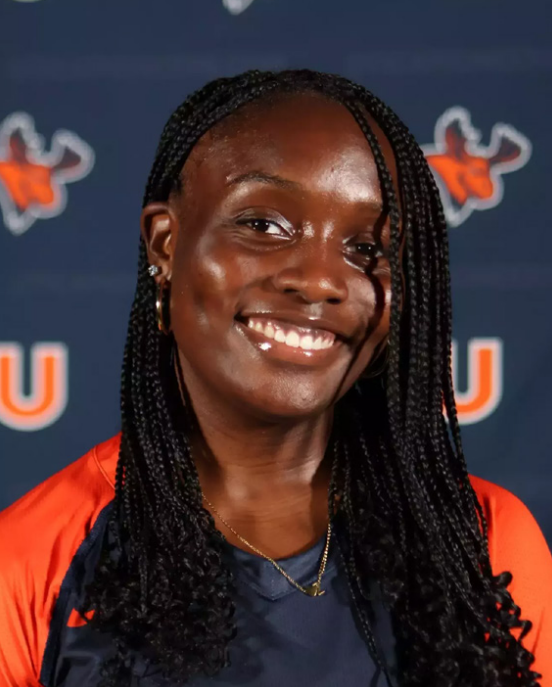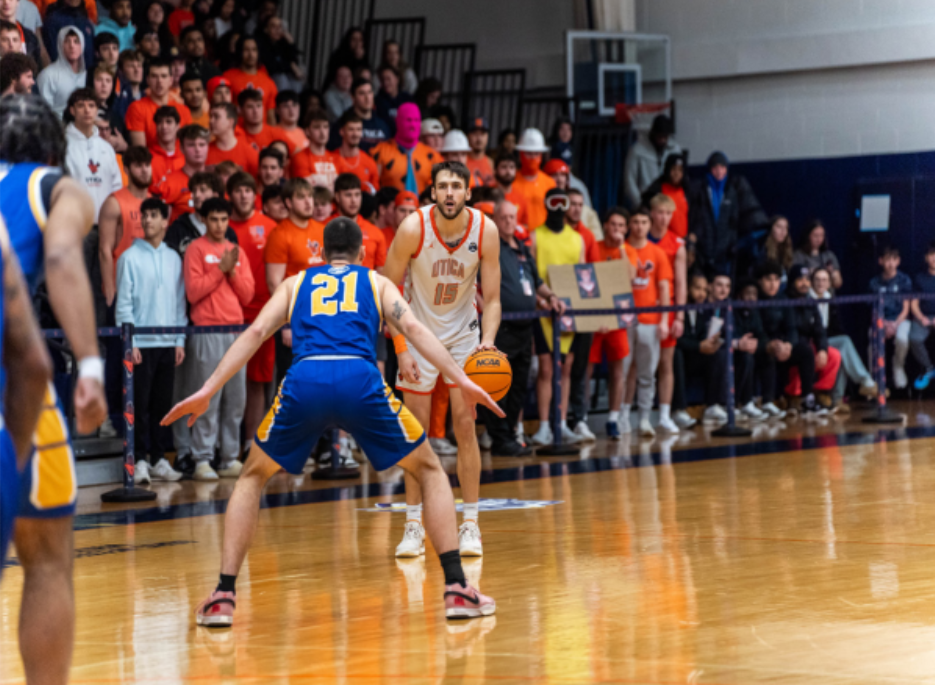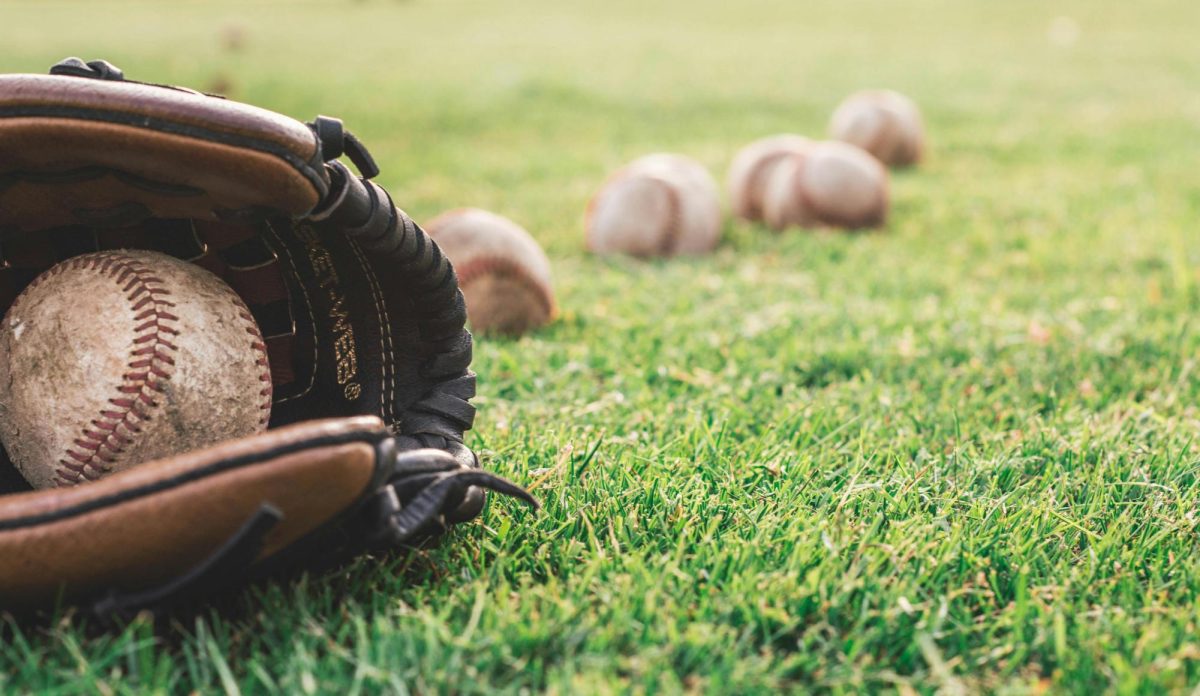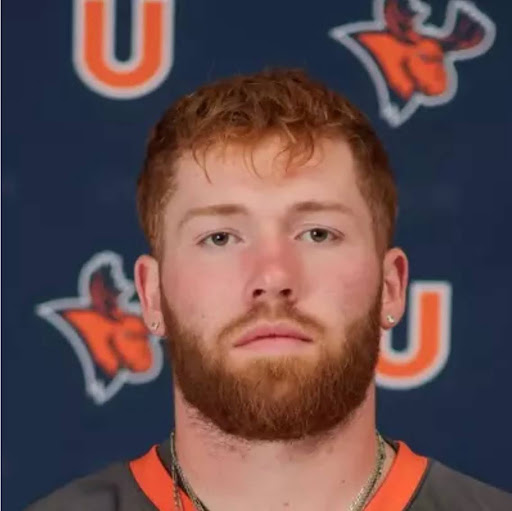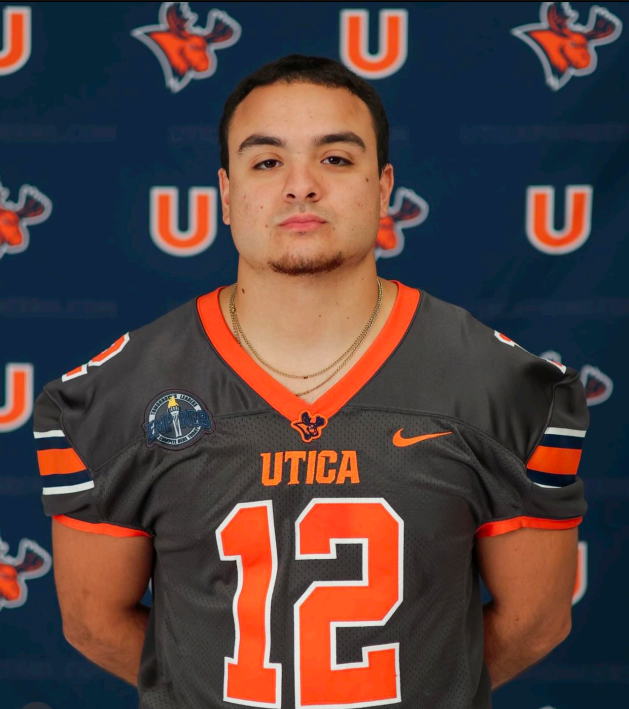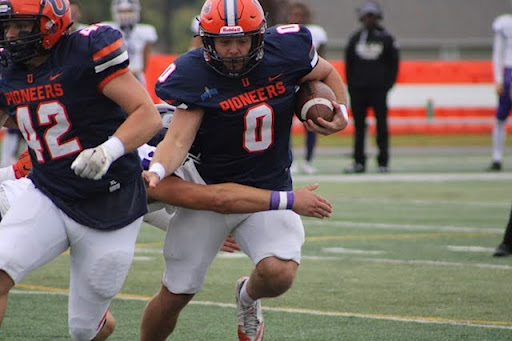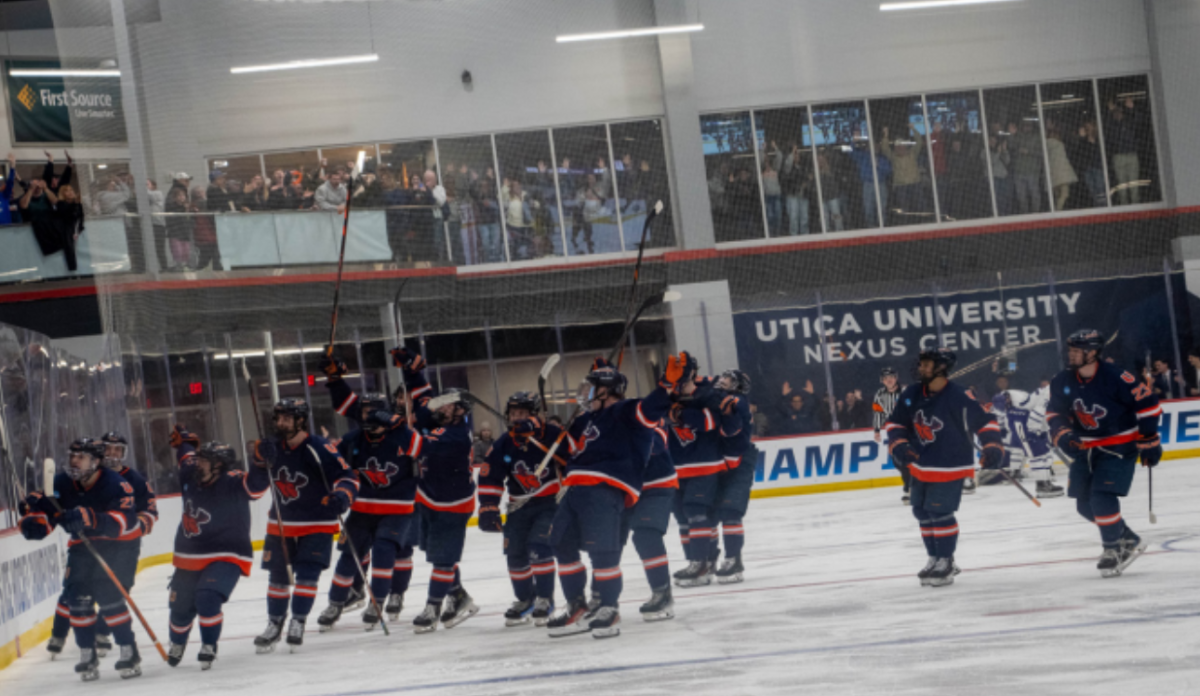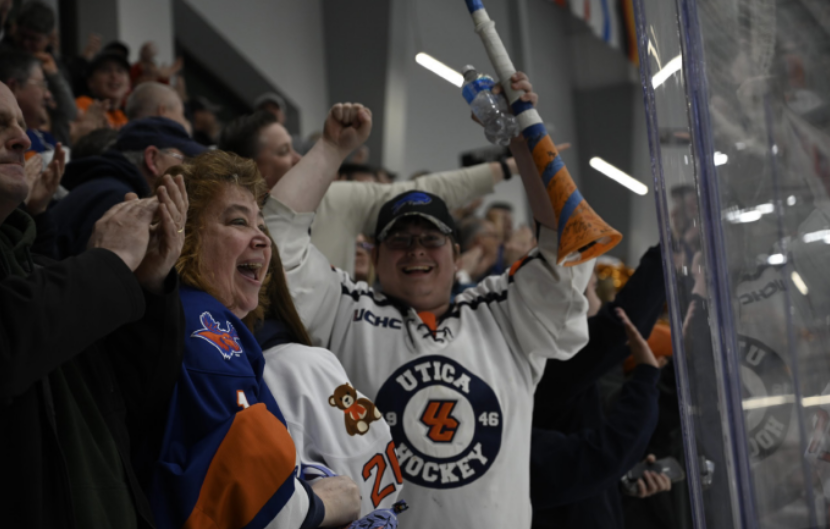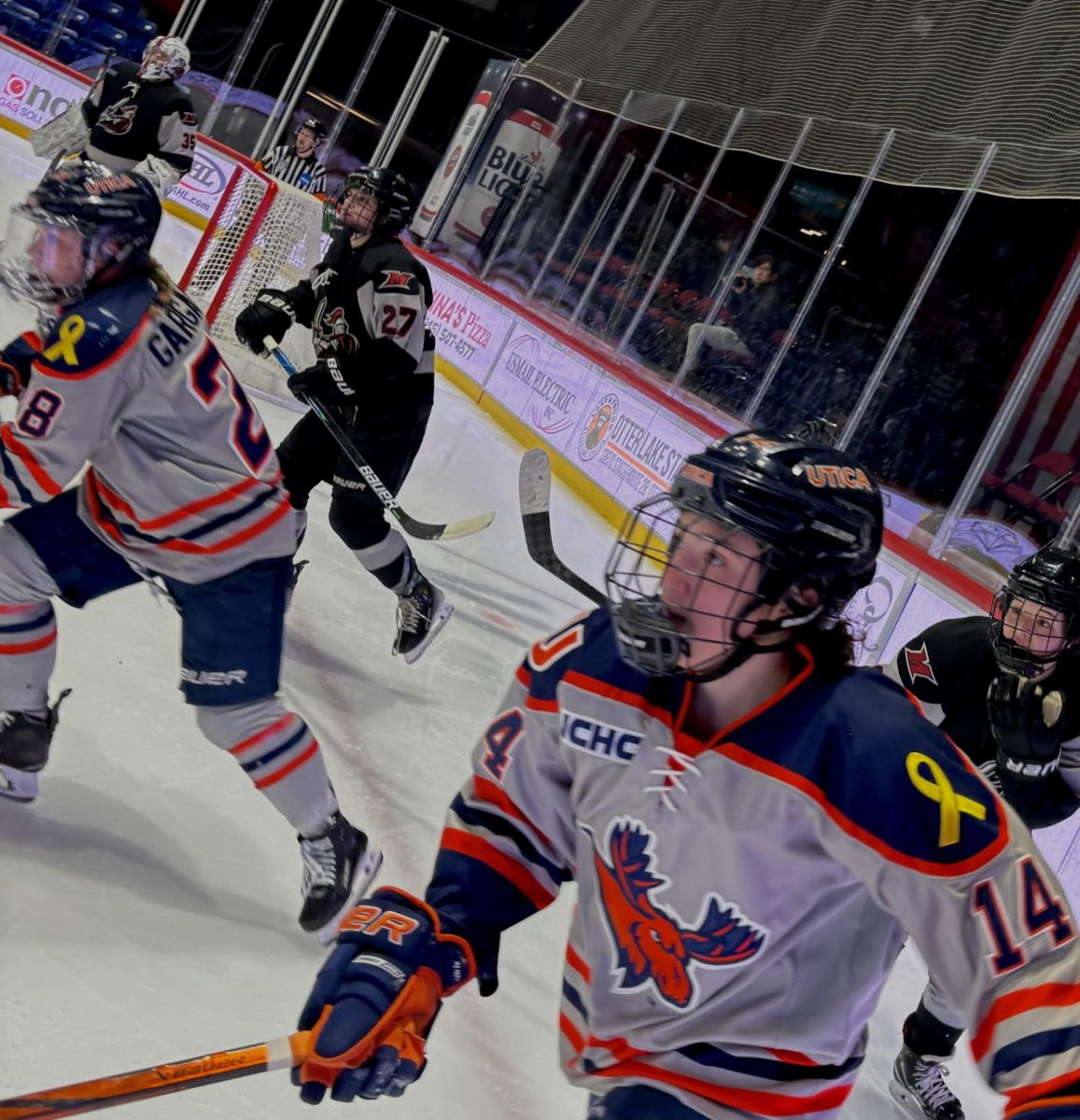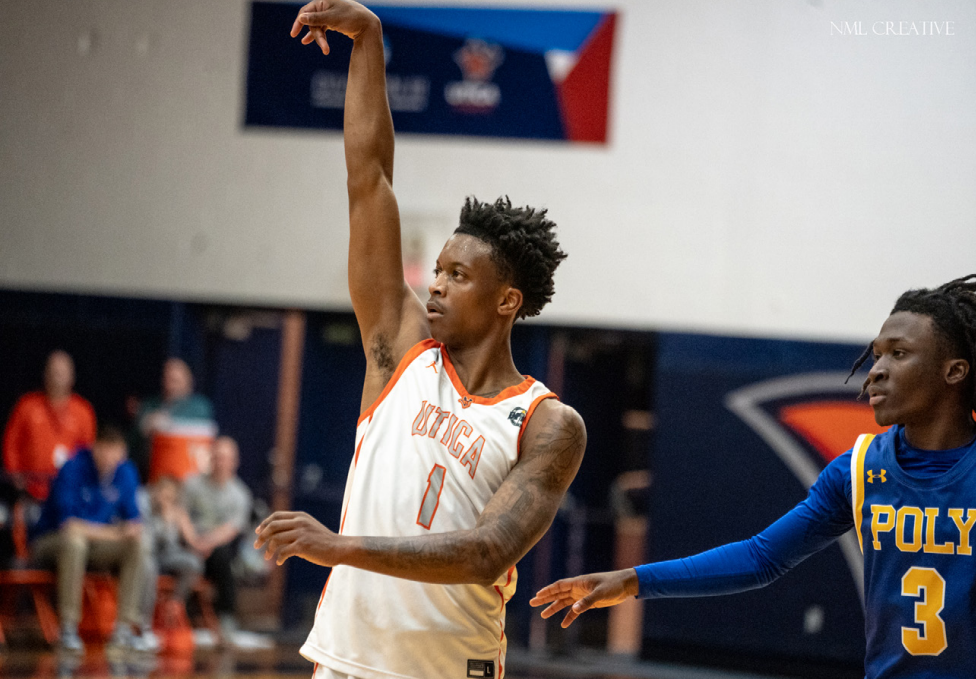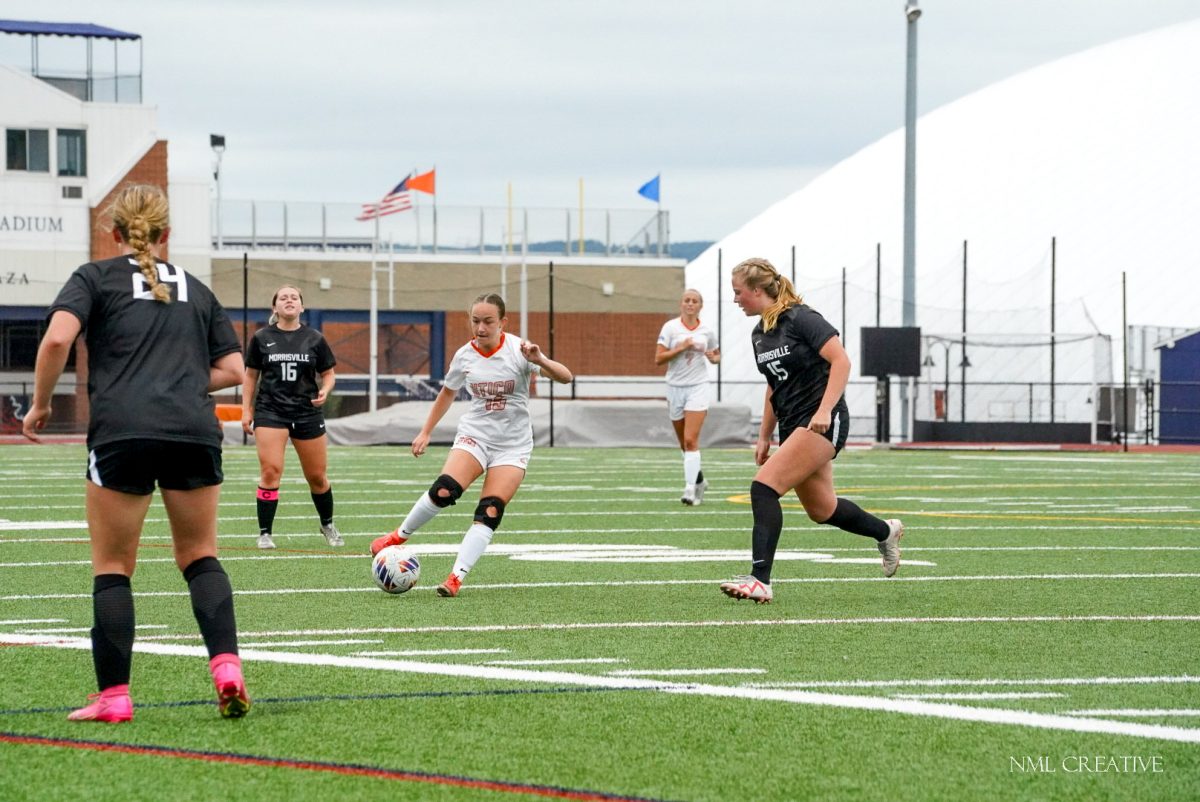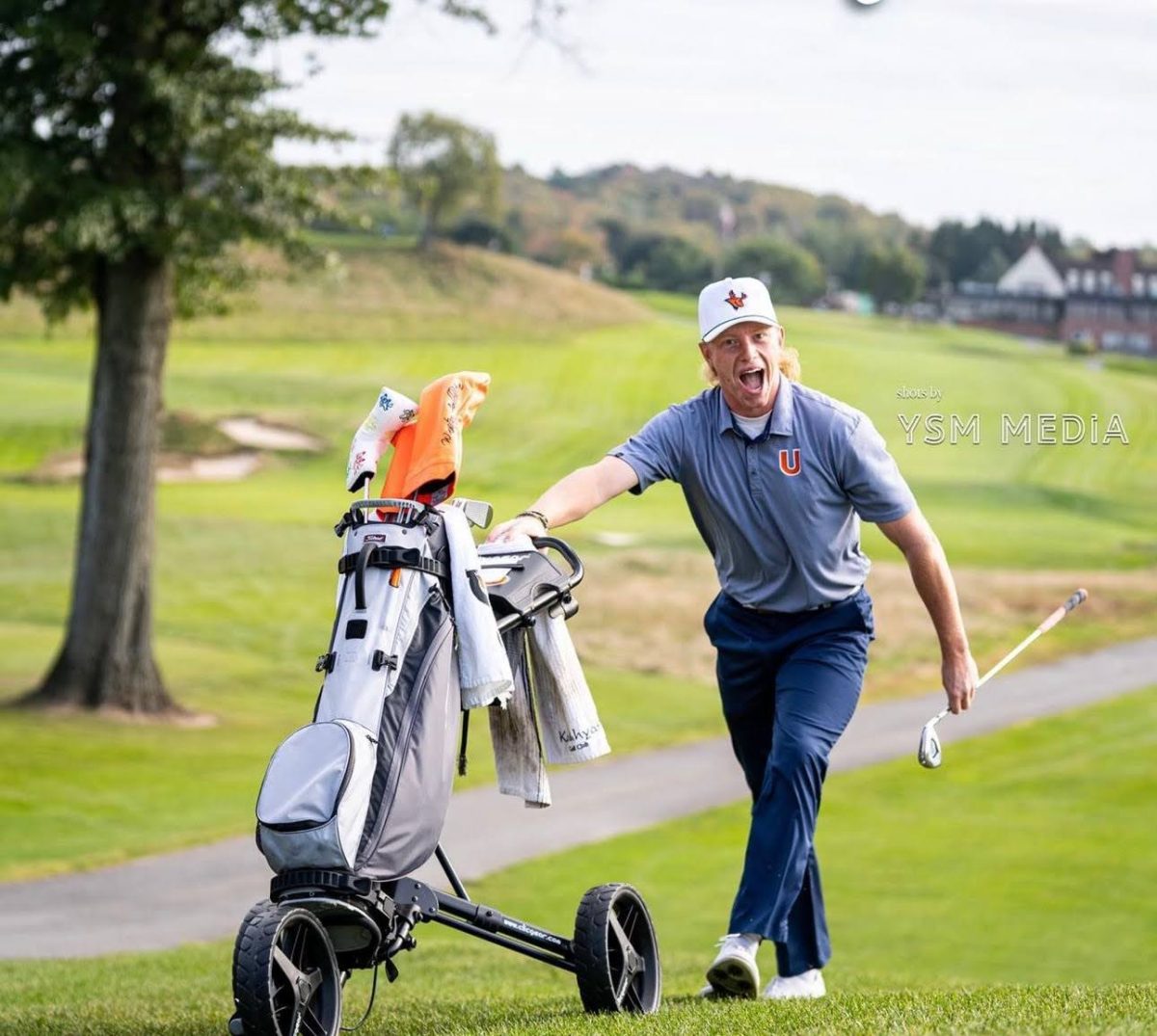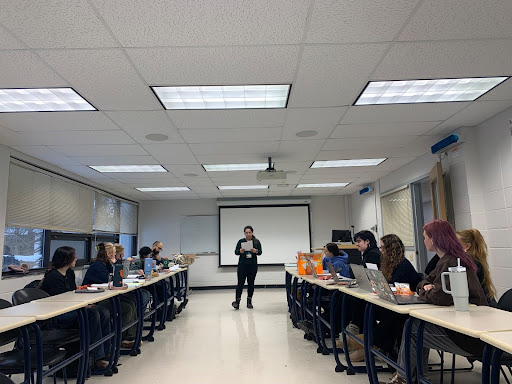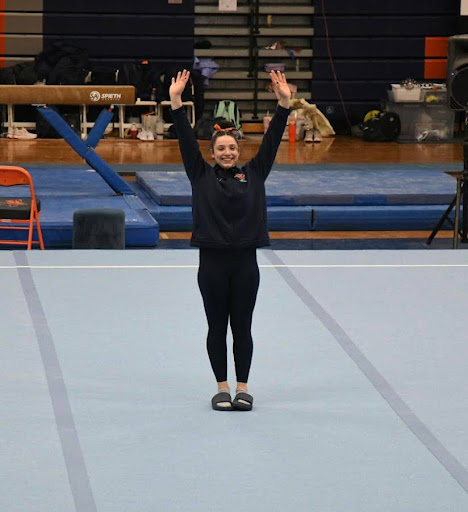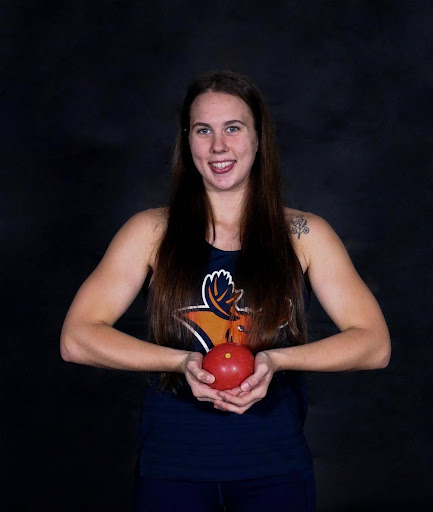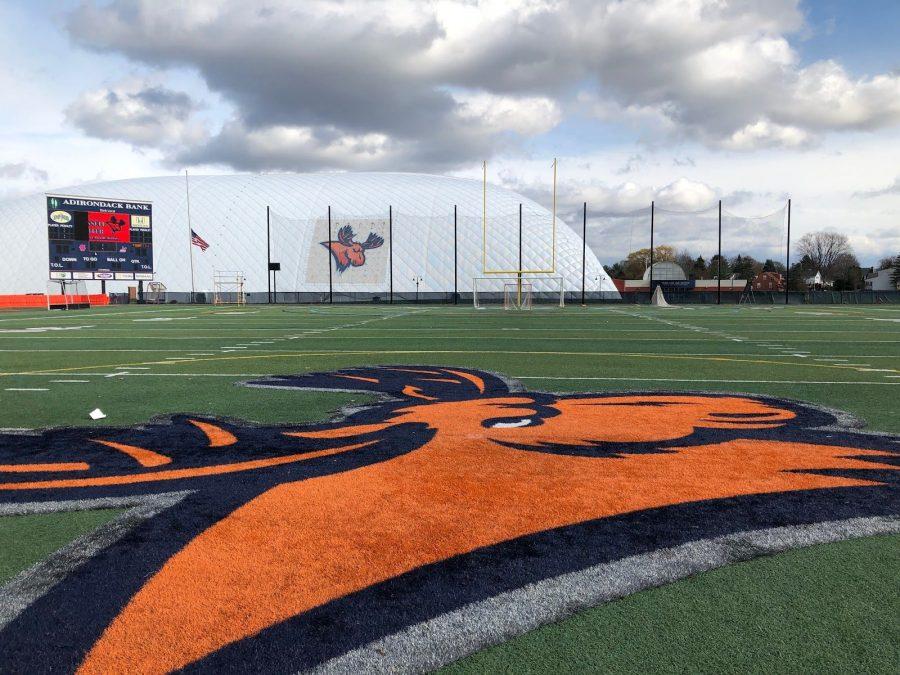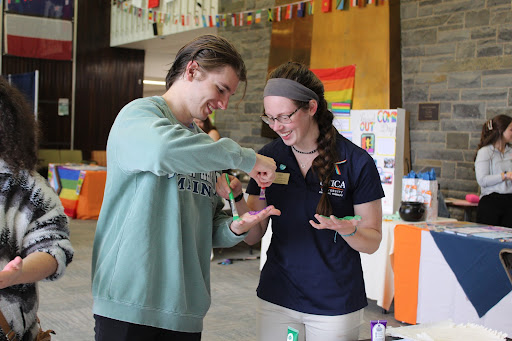Since playing soccer at a young age, all Dan Tette knew was how to kick a ball.
When he switched to playing football, he continued to kick a ball, even though it took on a much different shape. After graduating from high school, Tette became one of the leading kickers at Utica College. While there is no special statistic for big accomplishments in kickoffs in Utica football history, Tette enjoys kicking because it gives him the chance to kick the ball as far as he can.
But with talks of the NFL possibly eliminating kickoffs, Tette is afraid of losing his role on the team. In that case, he would have to start from square one and learn how to punt to still be placed on the team’s depth chart.
Before the 2018 season, the NFL decided to tweak its kickoff rules to reduce injuries. Since the new NFL kickoff rule changes, programs at the high school and college level have been affected, and medical personnel, officials, coaches and players have responded with the intention of making the game safer but still exciting.
The medical side
Since the summer of 2009, Dawn Corbin has worked as the primary athletic trainer for the Utica College football program.
In the 2018 season, Corbin documented 17 concussions and 16 ankle sprains in an injury report that was shared with the entire football staff. According to Corbin, many of these injuries occured on special teams plays like kickoffs, which involve players running towards each other and colliding at full speed.
When a player is hurt, Corbin and her graduate assistant, Sam Smith, tend to the athlete at practice or in a game immediately. Athletes also make appointments during the day to get checked out and to plan for injury treatment. In the offseason, Corbin continues to work with the team, either by prepping players for surgeries or getting everyone healthy for next season.
Dr. Russ LaFrance has been the team’s primary orthopedic surgeon for the past five years, and he has direct contact with Corbin when scheduling surgeries.
LaFrance conducts an average 10 surgeries, mainly for ACL tears and shoulder dislocations, each season. He has seen mostly running backs, wide receivers and linemen on his operating table.
While he has not treated players with concussions, LaFrance said concussions require more rest than they used to.
Prior to rule changes, LaFrance said athletes who had a concussion in the first half could go back in the second half of the game if the injury was not serious enough. But now, athletes must do at least five days of minimal activity before returning to full participation so that symptoms do not reemerge, according to LaFrance.
Helmet safety
On kickoffs, concussions can occur when helmets fly off during hard hits to the head.
Justin Kenny, the communications manager for the helmet maker Riddell, said this scenario happens due to helmets being too large for an individual player’s head or if their chinstrap is improperly fitted. Riddell came to this conclusion after conducting several tests in the lab using head models.
According to Kenny, Riddell released a new line of helmets called SpeedFlex Precision, which several youth, varsity and college teams use. These helmets include innovative head impact monitoring technology and the company’s Insite Training Tool (ITT) to collect and analyze on-field head impacts that alert sideline staff.
As the Speed Flex Precision helmet is one of its latest designs, Riddell will continue to develop new ideas that seek to improve player safety.
Kickoff rules in NCAA
After 35 years of experience in officiating, including 20 years in the NFL, Bill Carollo has seen many rule changes happen on the field.
As the current head coordinator of officials for the NCAA Football Rules Committee, Carollo must understand more of what these rules are and reiterate them in a clear manner to officials, coaches and players.
Carollo has seen many teams in the Big Ten Conference struggle in the beginning of the season because they did not understand new rules, which resulted in flags and penalties by officials. After the first five weeks, teams would start to learn the new rules once communication was clearer.
Carollo also said that the kickoff rules for the NFL and the NCAA rules are “a little different.”
For instance, the NFL has a rule where players cannot have a running start on kickoff returns to prevent blindside hits and slow down players. But Carollo said the NCAA does not have this rule yet as college players are allowed a 5-yard running start.
However, Carollo and the NCAA Football Rules Committee are looking into this rule for the 2019 season once full data on the changes at the pro level are released by the NFL.
The Ivy League is also experimenting with changes to kickoff procedures.
According to Carolyn Campbell-McGovern, the league’s deputy executive director, the Ivy League is not against kickoffs entirely, but is focusing on ways to make kickoffs safer so that the play will continue to be a part of the game.
For instance, in 2016, the Ivy League conducted an experiment by moving kickoffs from the 35 to the 40-yard line to have more kickoffs land in the end zone to reduce the likelihood the receiving player would advance the ball.
The result of the experimental rule was a reduced concussion rate. Before the rule, the Ivy League averaged six concussions per year. After the experimental rule was implemented, the Ivy League had zero concussions, according to Campbell-McGovern.
Coaching Special Teams
Ben Atwood, the Pioneers’ special teams coach, said coaching his players is “unique” because most of what kickers and punters do does not change that much throughout the season compared to other positions on the team. Only in adverse conditions, such as bad weather, the kicking process changes because the wind can affect the spot where the kicker intends to approach the ball.
Wide receiver coach Alex Horvatits works with punt and kick returners on techniques to prevent injury.
He teaches them the proper angle to take toward their intended man on a block so that both players do not get hurt. Horvatits explained that a block should only get in the defender’s way for a split second so the returner can have a chance at scoring or gaining good field position for the offense.
Officiating during kickoffs
After John O’Neill completed his 33rd year of officiating in the Big Ten Conference, he noticed there were more fair catches than returners running the ball back. But once conference play started, teams ended up reverting back to running the ball no matter where they caught it.
O’Neill has also seen coaches tell their kickers to kick the ball out of bounds so no player has a chance to recover the ball. However, this strategy ends up being penalized for either a five-yard penalty and a chance to re-kick the ball or for the receiving team to get the ball at the 35-yard line, where the ball is placed on touchbacks.
O’Neill referred to football as being a “collision sport.” He said many fans enjoy watching big hits take place, but while that is exciting for fans and for some players, the NCAA and NFL are working on ways to make the game safer.
The excitement of kickoff returns
Running back Tim Hogan, one of the leading returners for UC, said it would be “dumb” to eliminate kickoffs.
Hogan explained that eliminating kickoffs would take away the momentum and excitement of a returner having the potential to run the ball back for a touchdown or give his team good field position.
Hogan scored the Pioneers’ only kickoff return touchdown this season in a game against Hartwick, when he ran the ball 81 yards with the help of teammates’ blocking.
“It was an unreal feeling,” Hogan said. “My coaches knew I could do it, and I’m glad that I had the chance to do it for my team.”

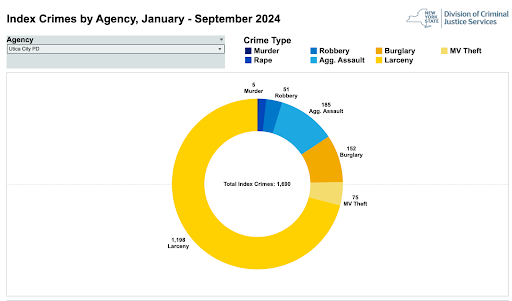



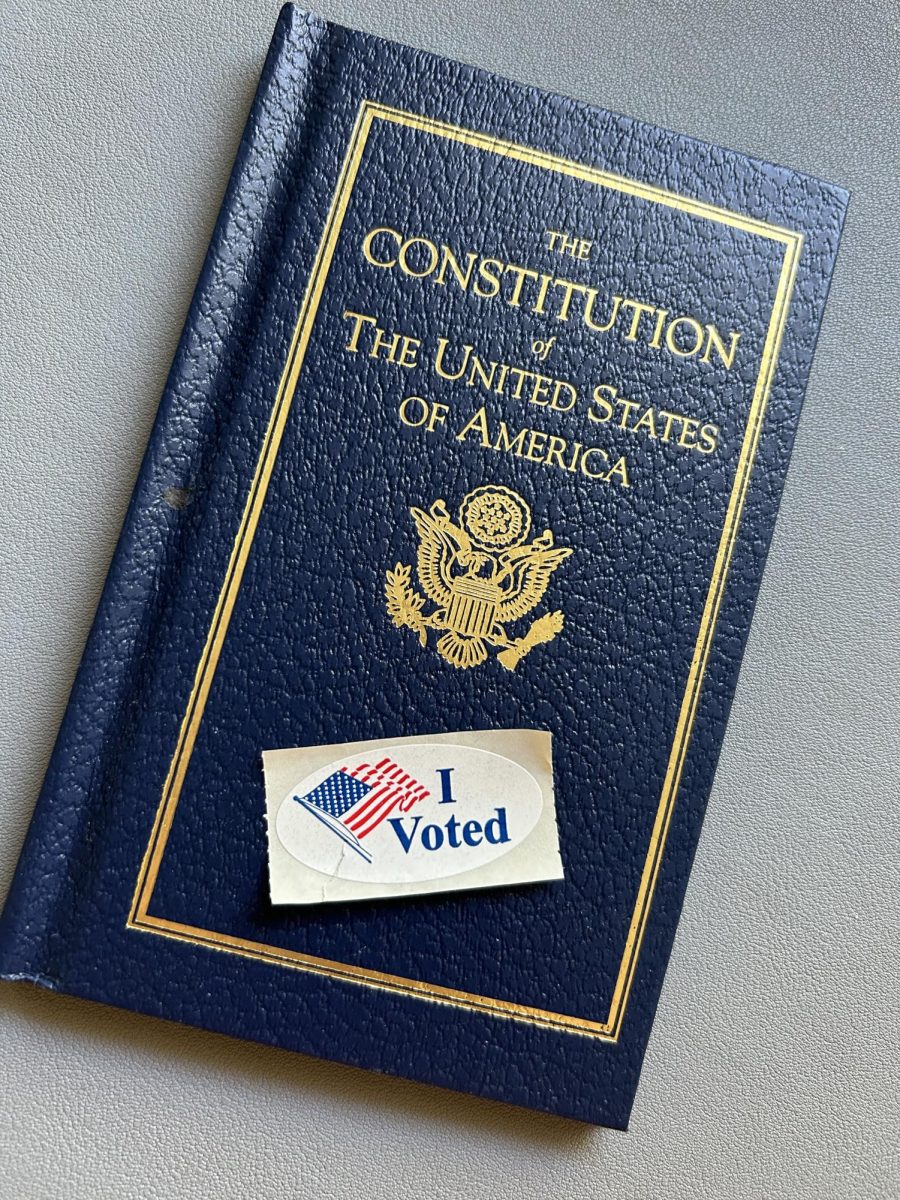
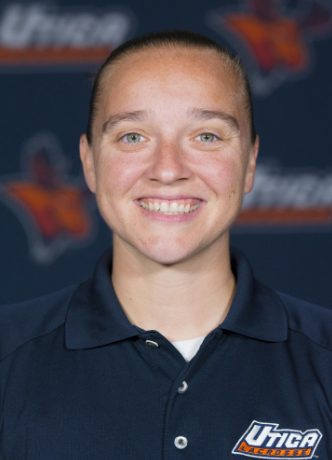
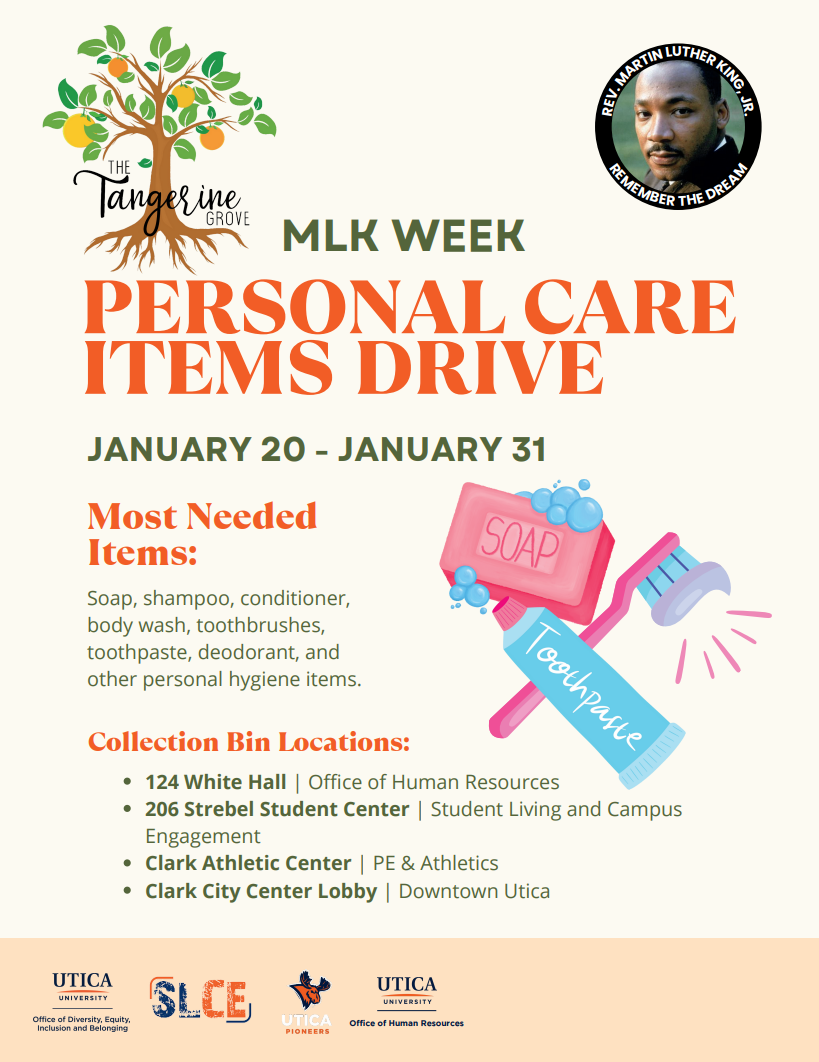
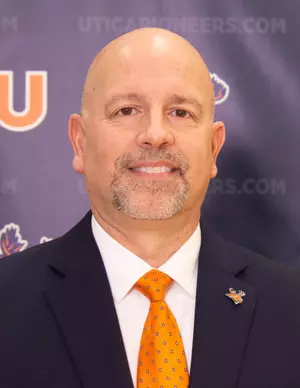






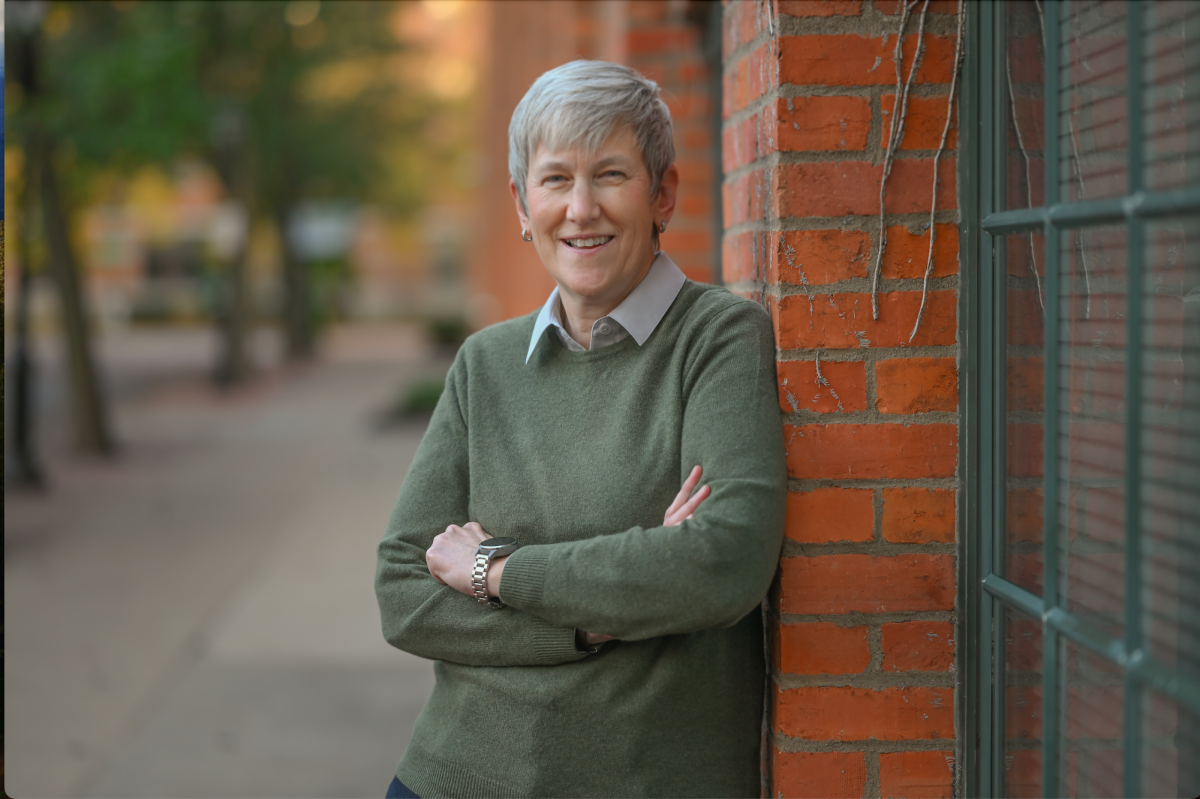


![President Todd Pfannestiel poses with Jeremy Thurston chairperson Board of Trustees [left] and former chairperson Robert Brvenik [right] after accepting the university's institutional charter.](https://uticatangerine.com/wp-content/uploads/2023/10/unnamed.jpeg)
